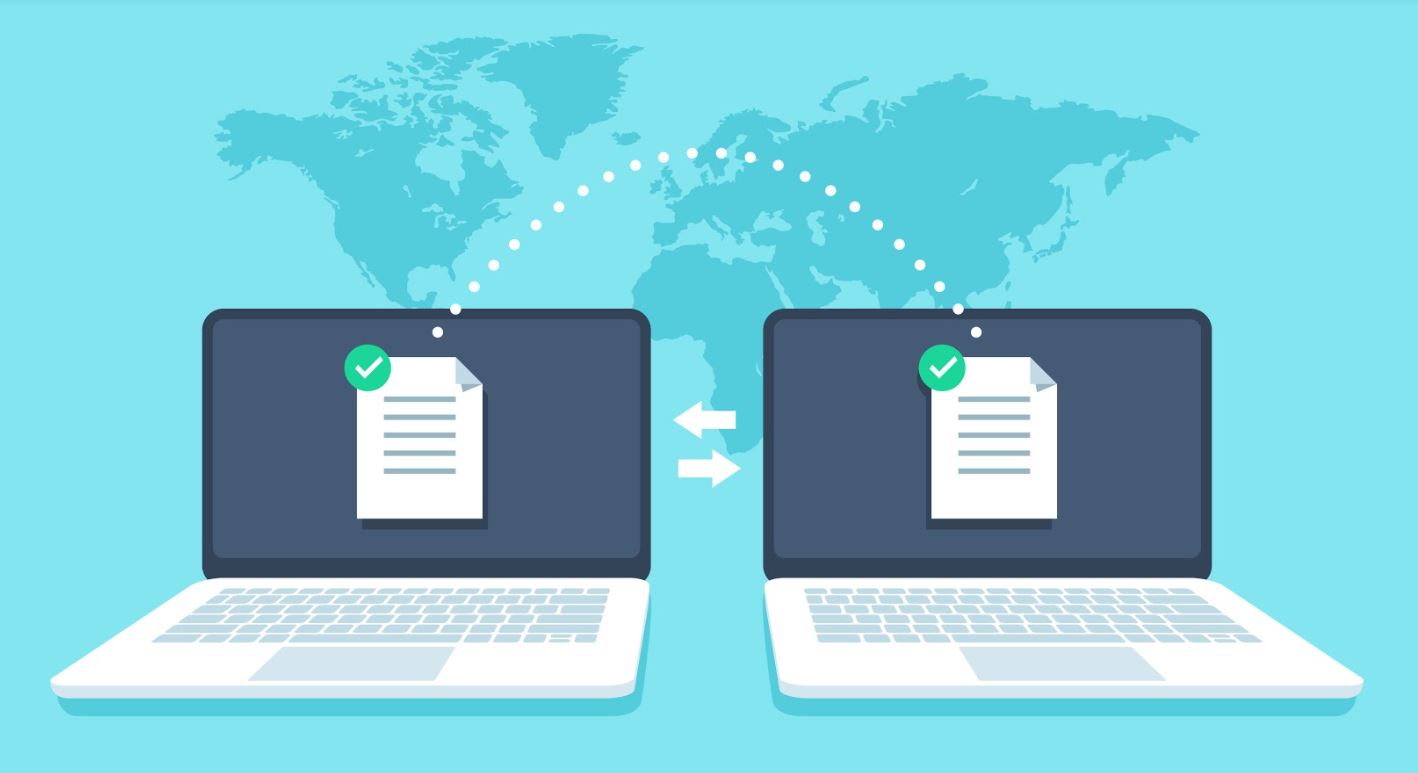Before you incorporate a secure file sharing solution into your business, there are some bases you ought to cover For one, you need to understand the most basic and essential details about the nature of file transfers or sharing.

This article talks about two of the best solutions that you can consider: managed file transfer and secure file transfer. Read on so you’ll have an idea on how you can incorporate them into your business and maximize their benefits.
What is Secure File Transfer and How Does It Work?
Typically, files are sent via email, a web browser (HTTP), or client to server (FTP). Secure file transfer is when a certain file is sent using security protocols to secure the communication channel. This is very crucial in corporate environments since organizations are handling loads and loads of sensitive and personal information on a regular basis.
A secure file transfer solution has become a priority for any business. The protocols, however, may differ, depending on how the file is being received and delivered. Usually, the key secure file transfer protocols include STTP, FTPS, and HTTPS.
When using the HTTPS and FTPS (file transfer protocols), files are transferred over TCP connections. This connection comes with a transport layer security (TLS) or secure socket layer (SSL) running beneath the HTTP and FTP protocols.
SSL is a type of protocol establishing agreements between a server and a browser or client. The sending side will use public keys in order to encrypt data files, which are then delivered using an HTTP and FTP file transfer protocol. As a part of the agreement, the side that will receive the file has unique private keys that decrypt it.
SFTP services aren’t just FTP running over SSH. It’s a dedicated and standalone file transfer protocol. However, the FTP alone doesn’t offer security and authentication, instead, it anticipates the underlying SSH protocol to secure it. SSH, on the other hand, is utilized to establish a connection between a server and a client that serves an encrypted tunnel. Such a tunnel will protect data files that are transferred through this connection.

What is Managed File Transfer and How Does It Work?
Managed file transfer is a secure solution helping organizations meet all facets of outbound and inbound file transfers. This solution has the capability to simplify, streamline, and automate data transfers, either across the organization within private networks or to external users. As such, you’ll be able to meet compliance requirements, save money and time, enhance security, and simplify a server-to-server file transfer.
With a managed file transfer, original files are delivered from a managed file transfer application. Actually, the process is flexible, depending on the sizes and numbers of sent files. This solution guarantees that data is securely and quickly transferred. After you’ve established the transfer, the managed file transfer solution gets the data and secures it in different ways.
The majority of managed file transfers utilizes Open PGP, FIPS 104-2 compliance AES cipher, and others to encrypt the files. Once the transfer leaves your server, the file is sent to the specified location, whether to another server, designated folder, or email address, among others. The recipient can decrypt the file.
Features of a Good Managed or Secure File Transfer Solution
Today, you’ll be able to see different managed and secure file transfer solutions, and below are things you need to consider when choosing a good one.
-
Ease of Use
The simpler the solution to steer, the better the implementation will be for end-users and administrators. If it’s intricate, users will regress to their old habits and tool, thus your new purchase will become useless. So, when choosing, make sure all the users can easily execute and set up the file transfer workflow.
-
Compliance and Security
The solution should be able to support the newest security algorithms and protocols so that you can bring your trading partners and clients into the fold. It should allow you to meet all the regulations you need to address. Also, it should possess centralized controls that can only be controlled by authorized admins.
-
Peace of Mind and Error Handling
A good managed or secure file transfer is capable of highlighting exceptions to anticipated tasks, thus, they can be quickly resolved. In fact, it’s the only way to protect the relationship of your organization with partners and clients.
Conclusion
As you have learned, managed and secure file transfers are an effective way to protect sensitive and confidential information, while improving the productivity of employees. Nevertheless, make sure to choose a solution that’s reliable and safe.

